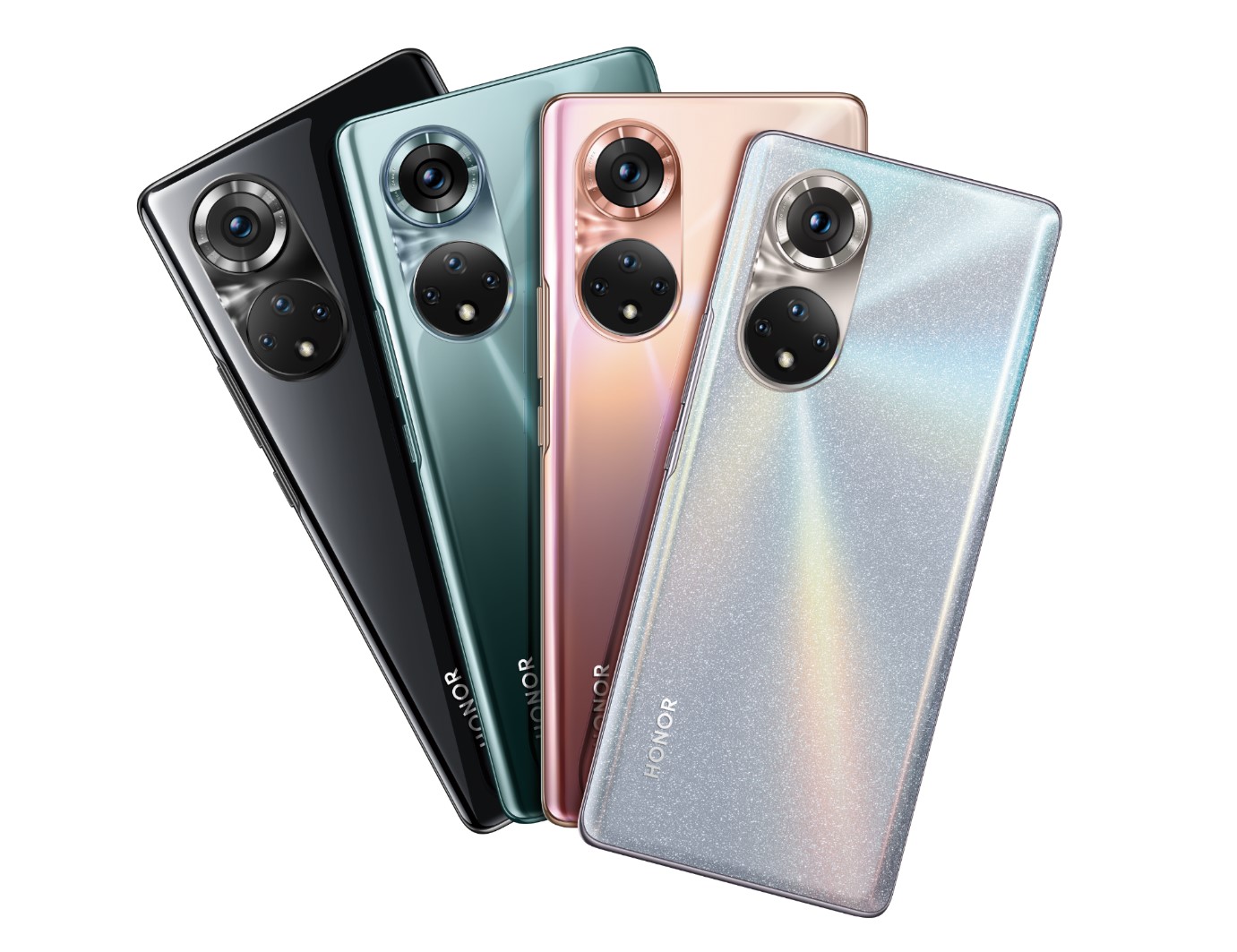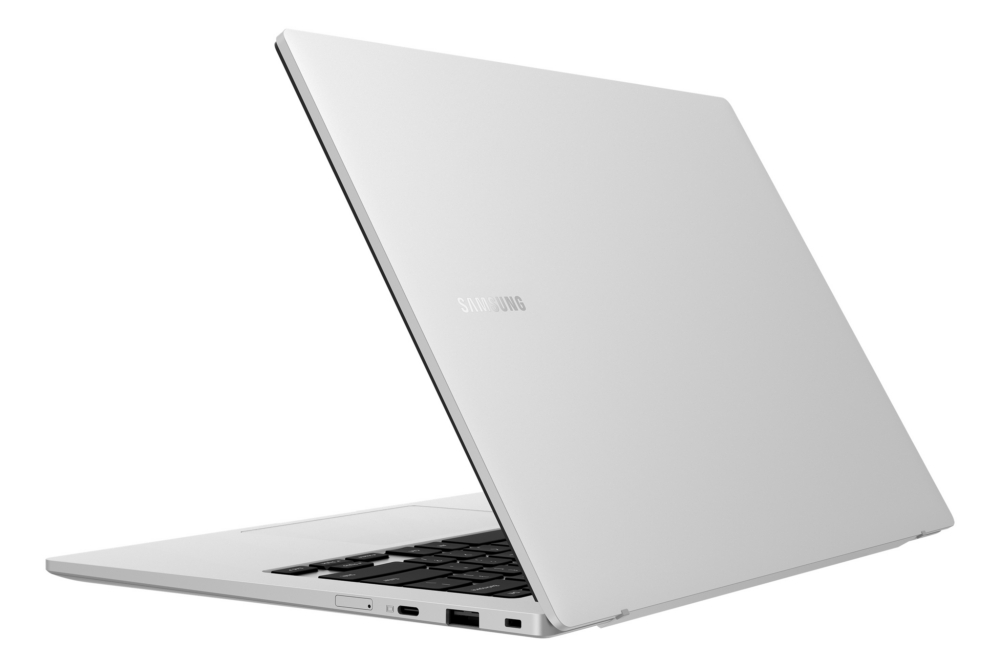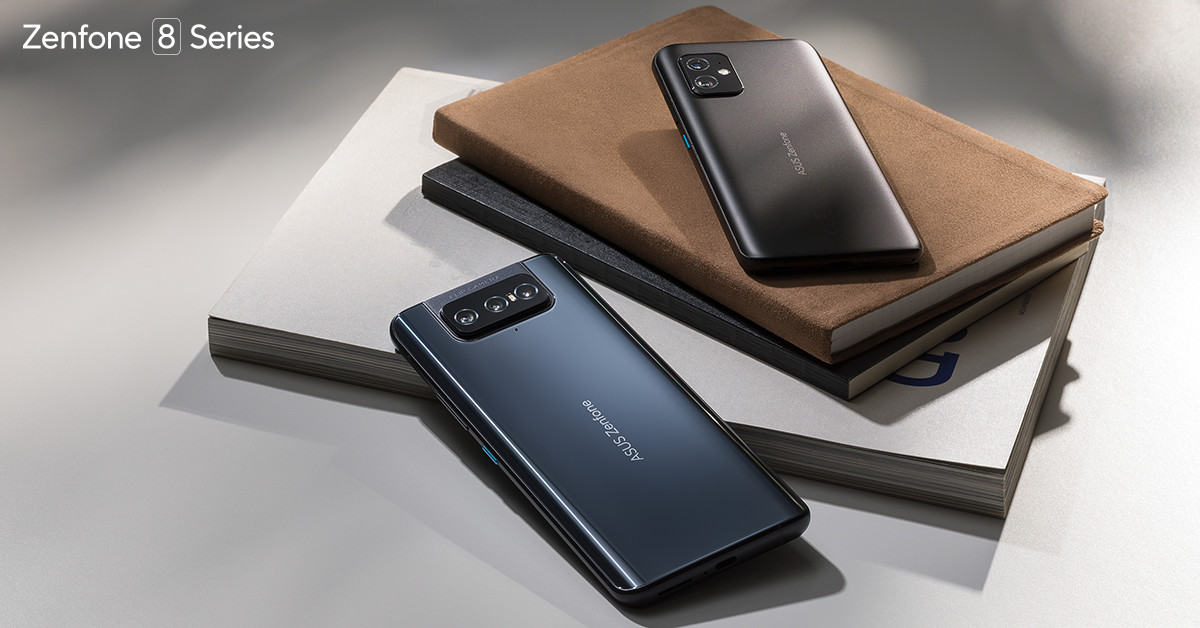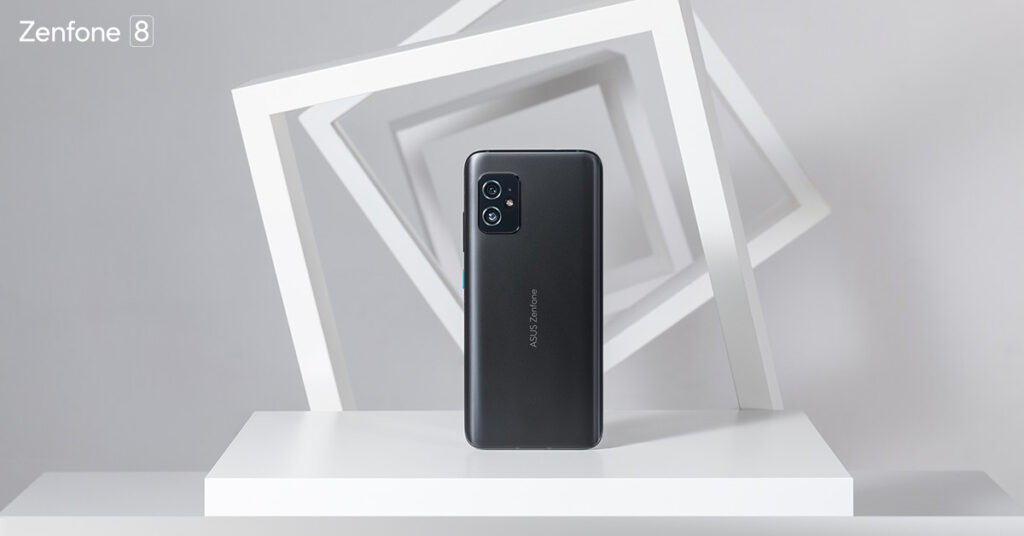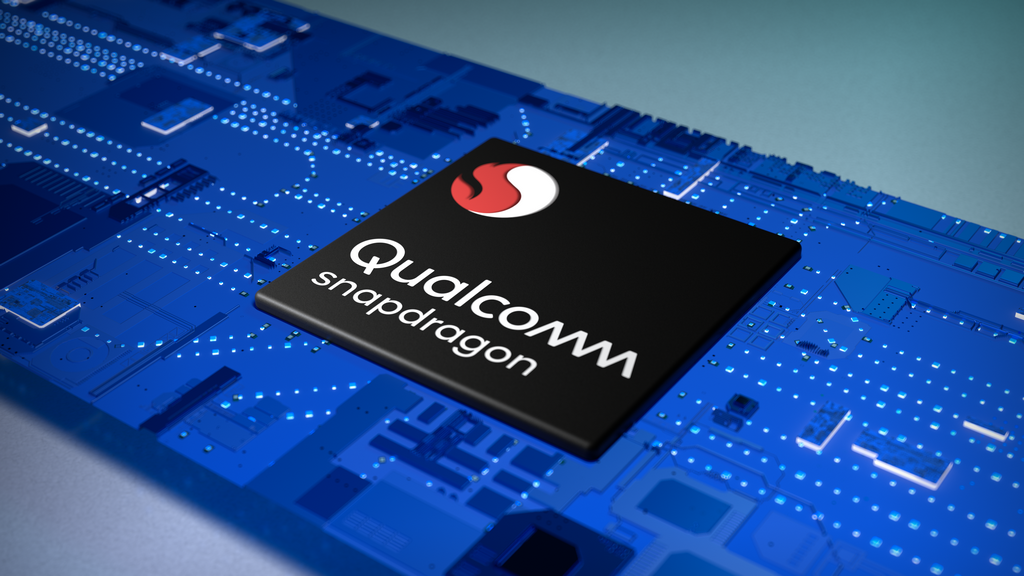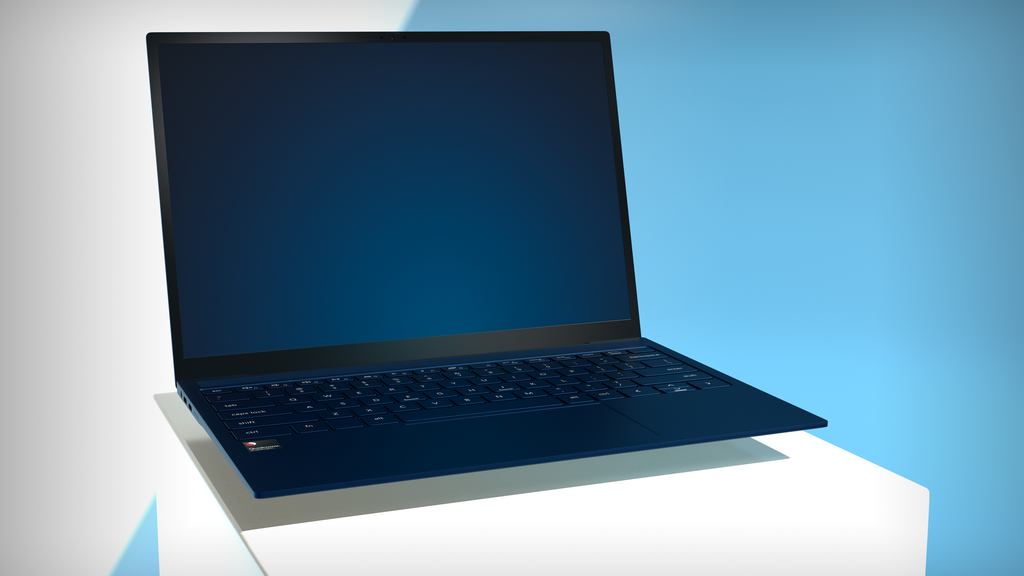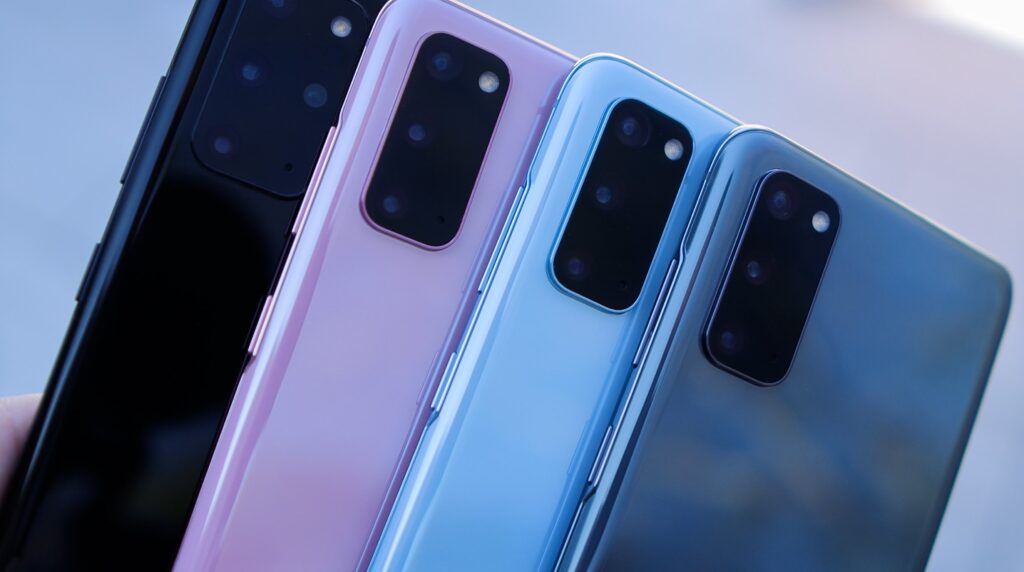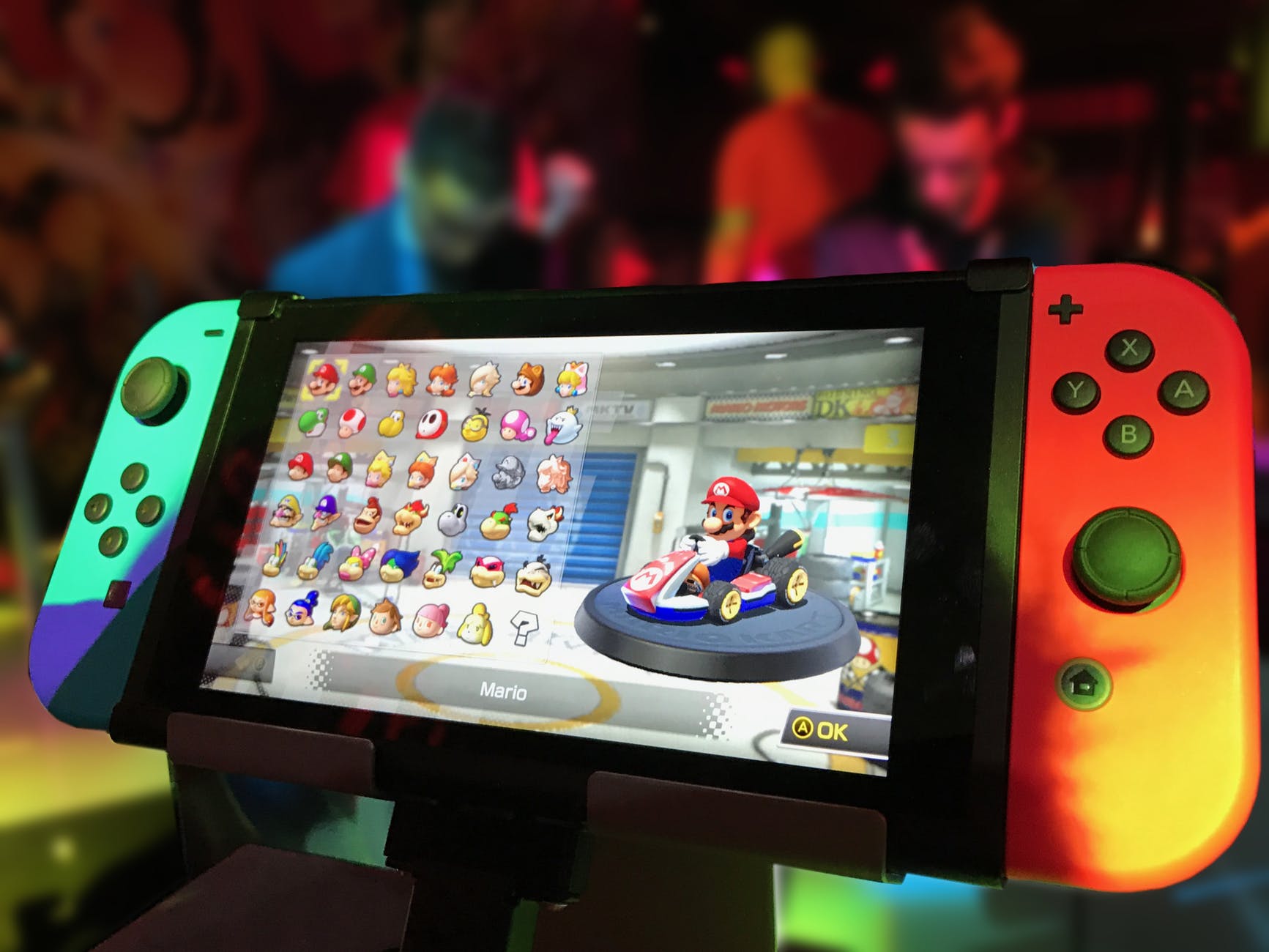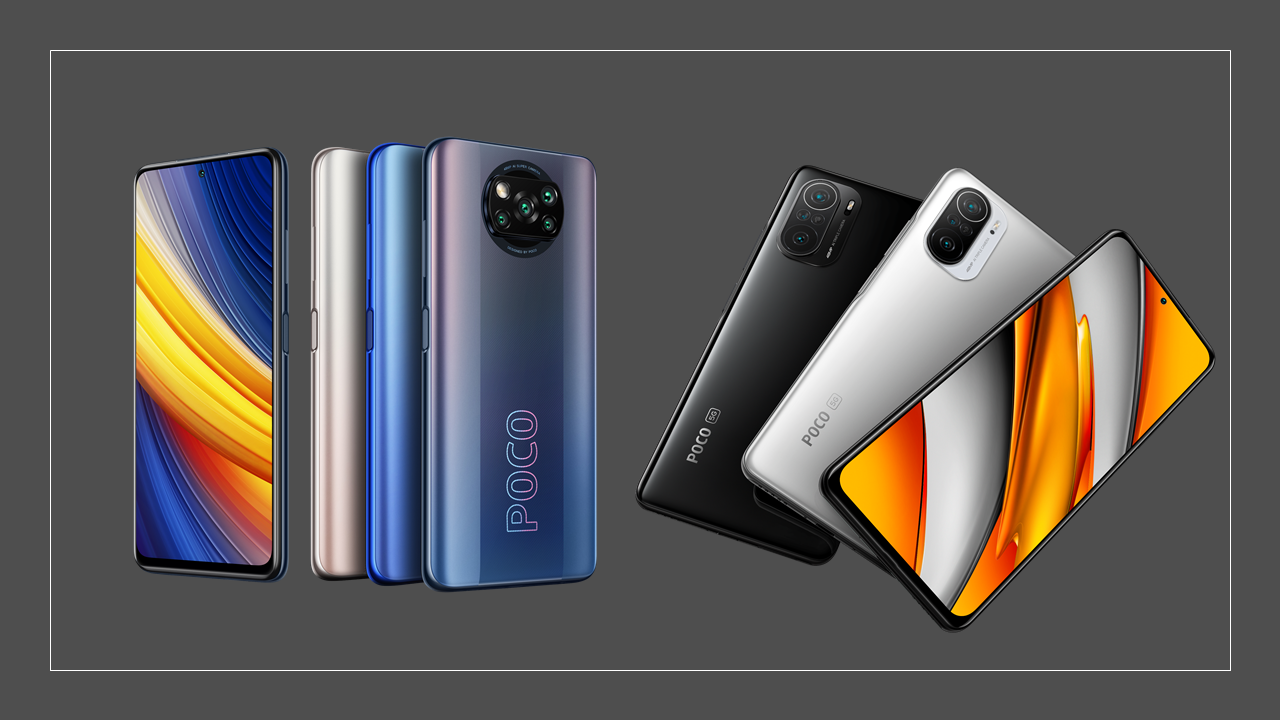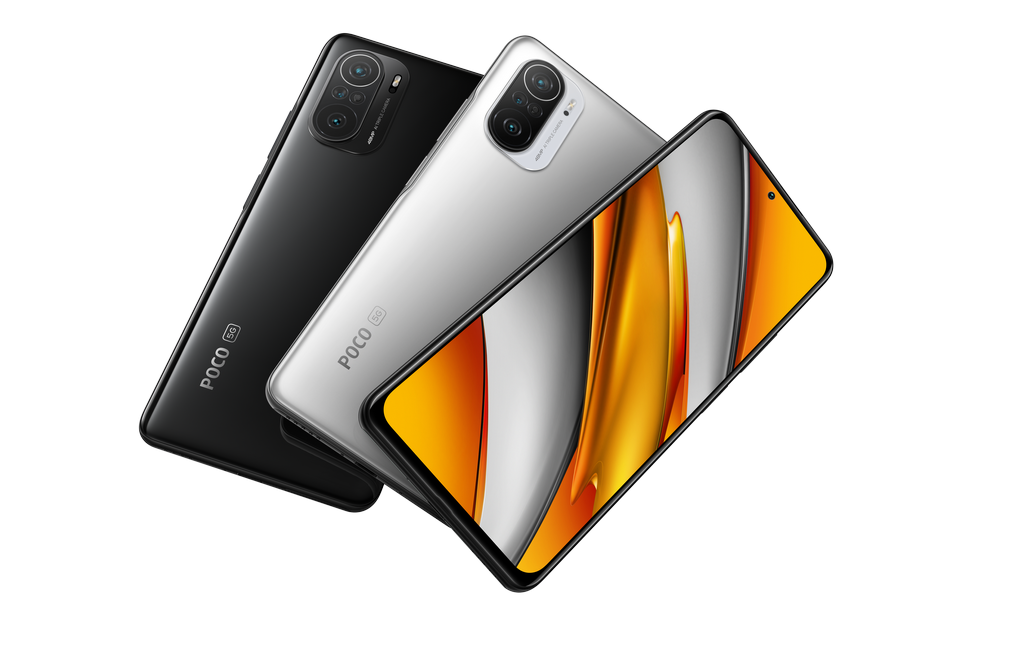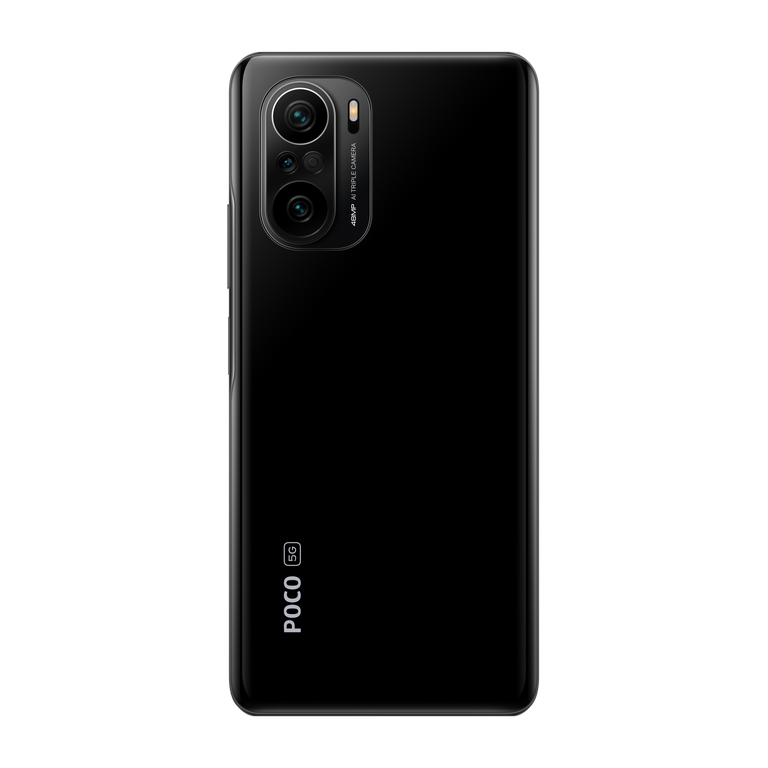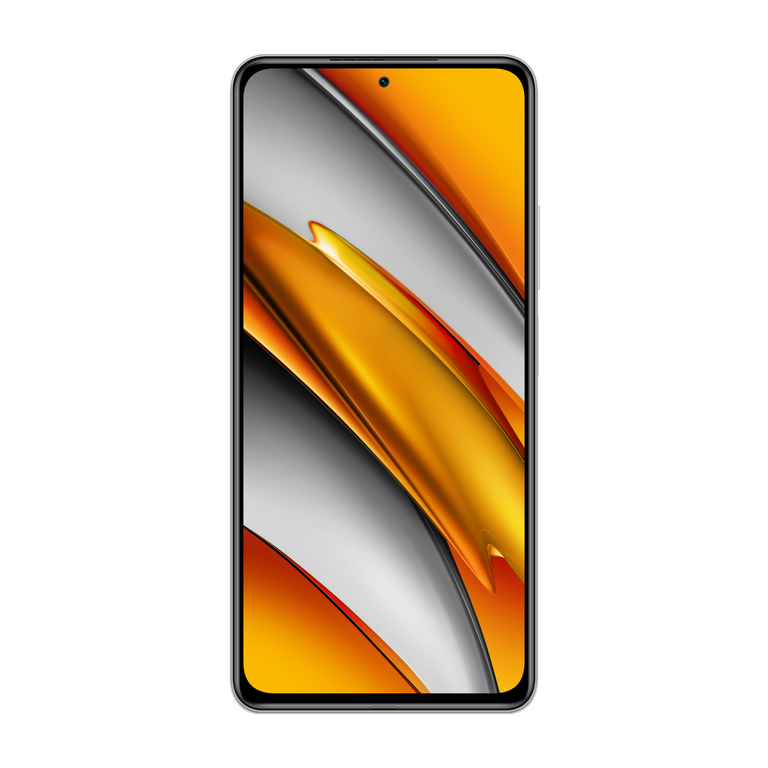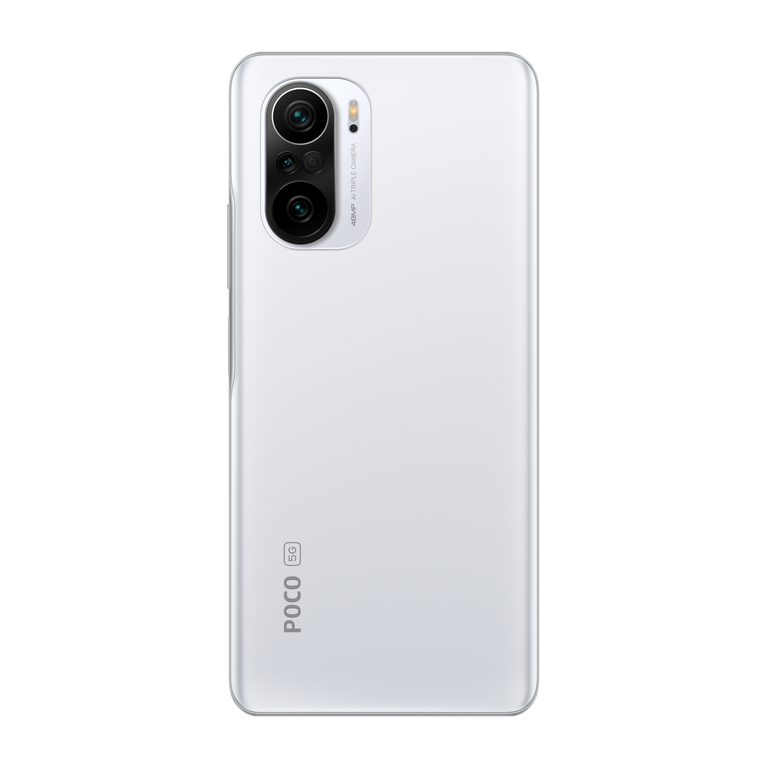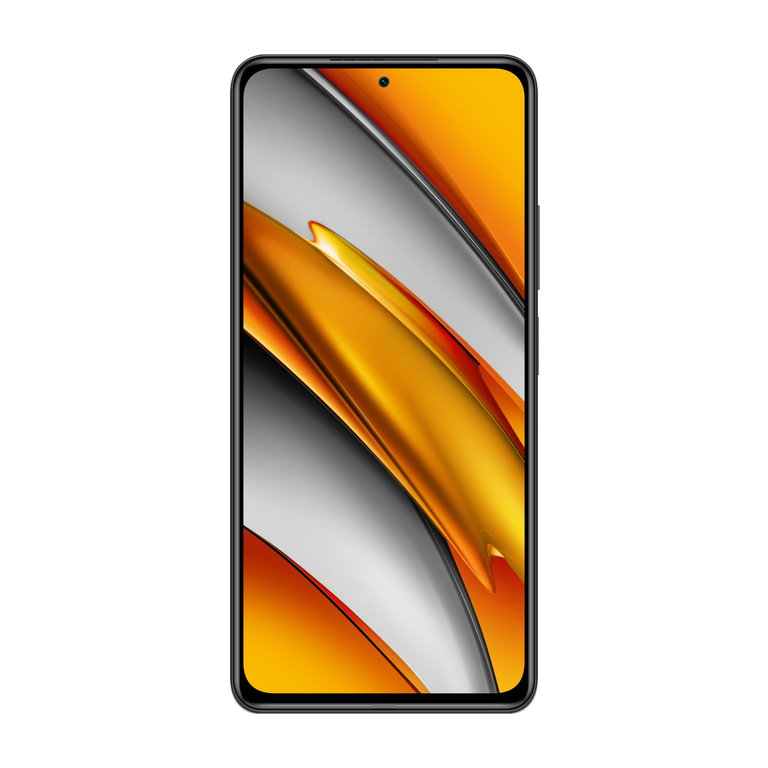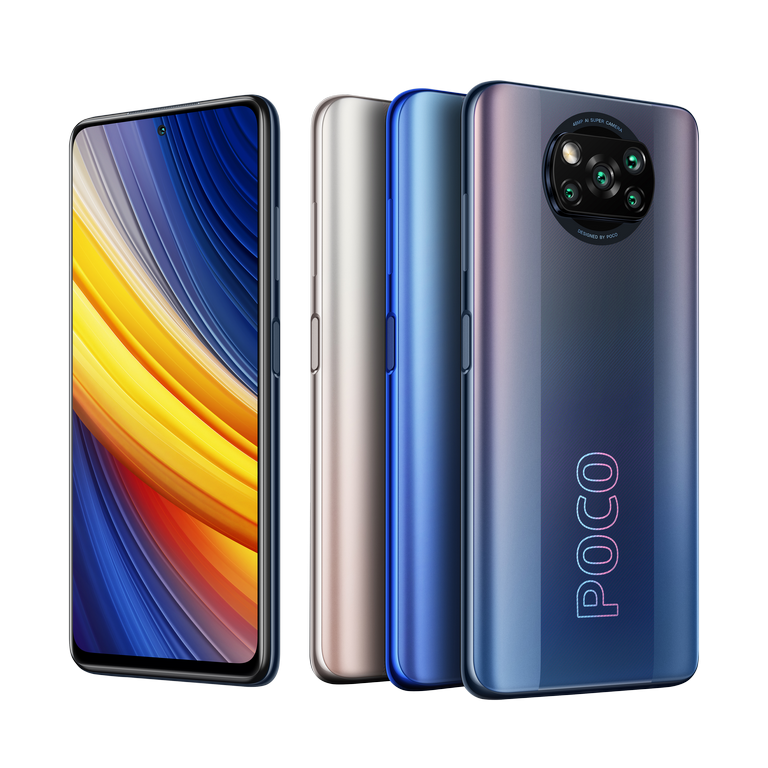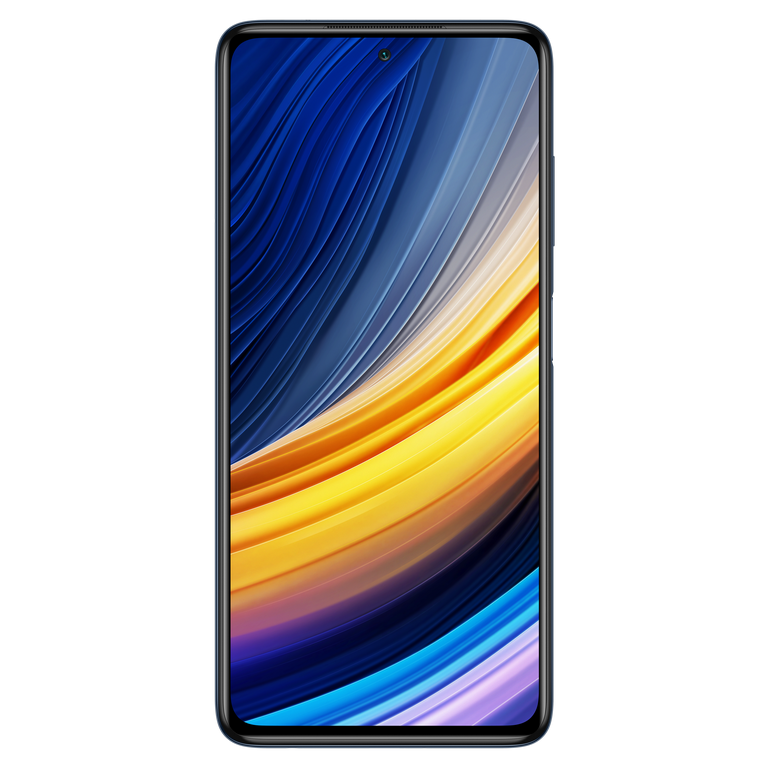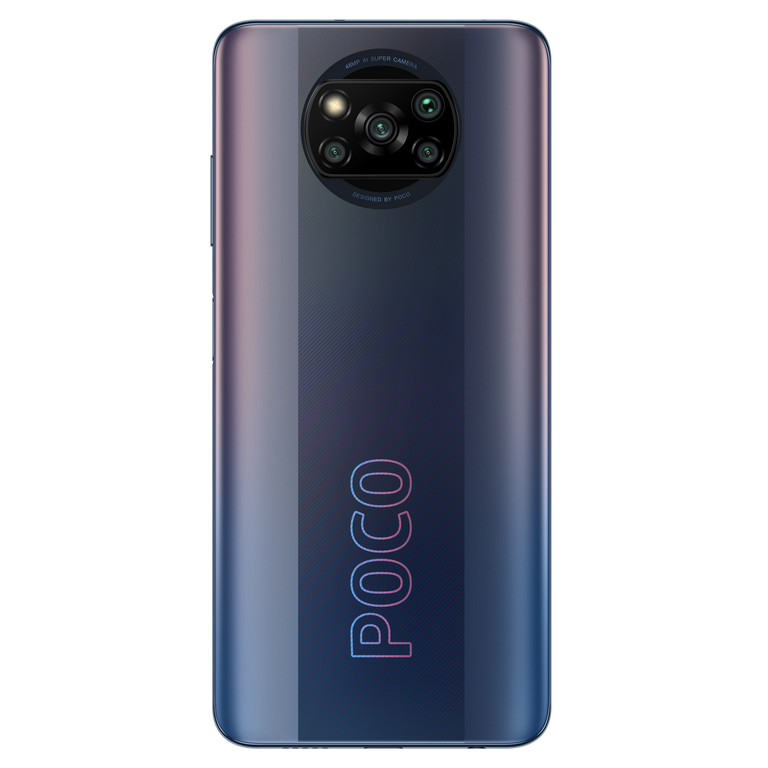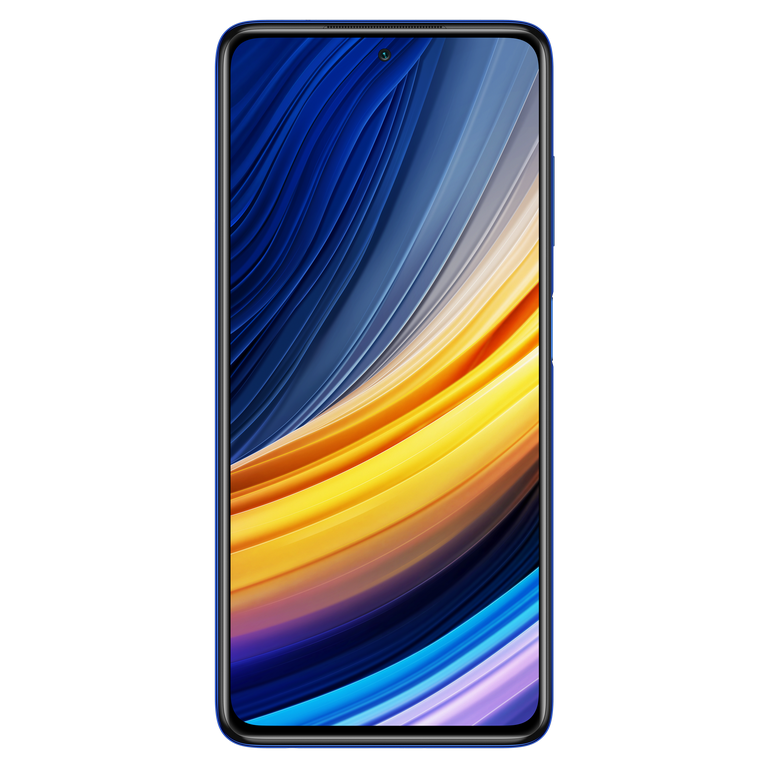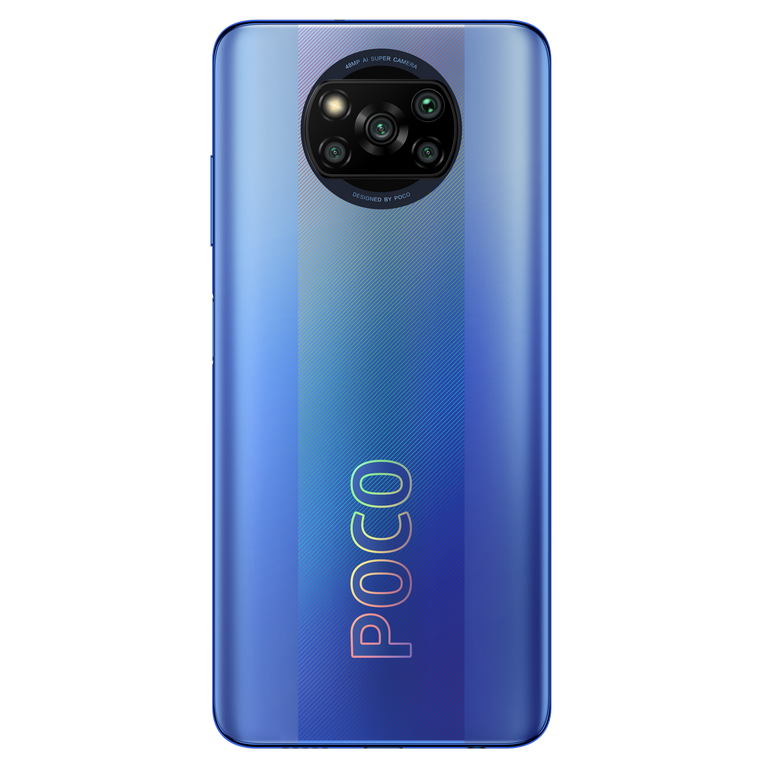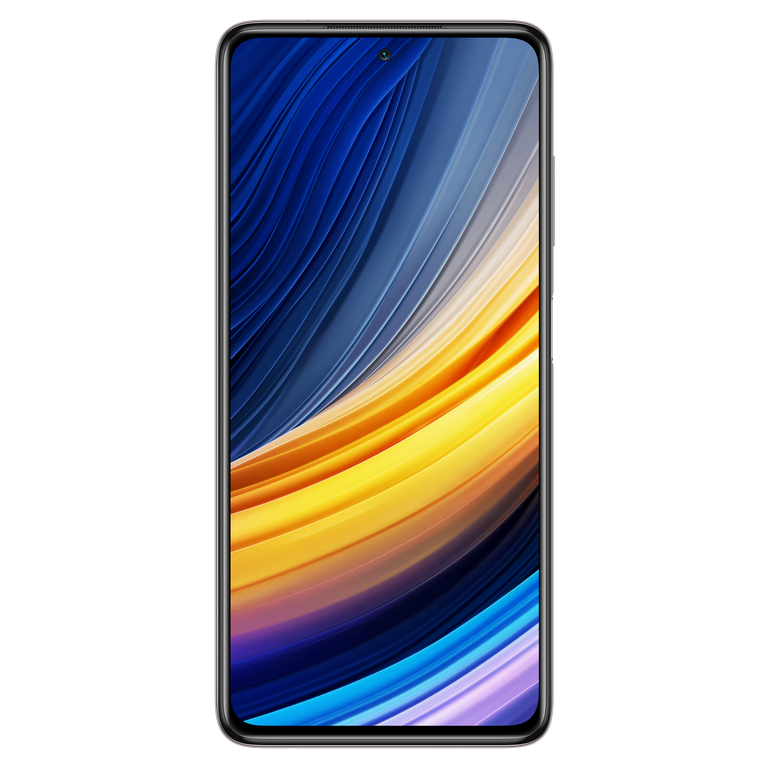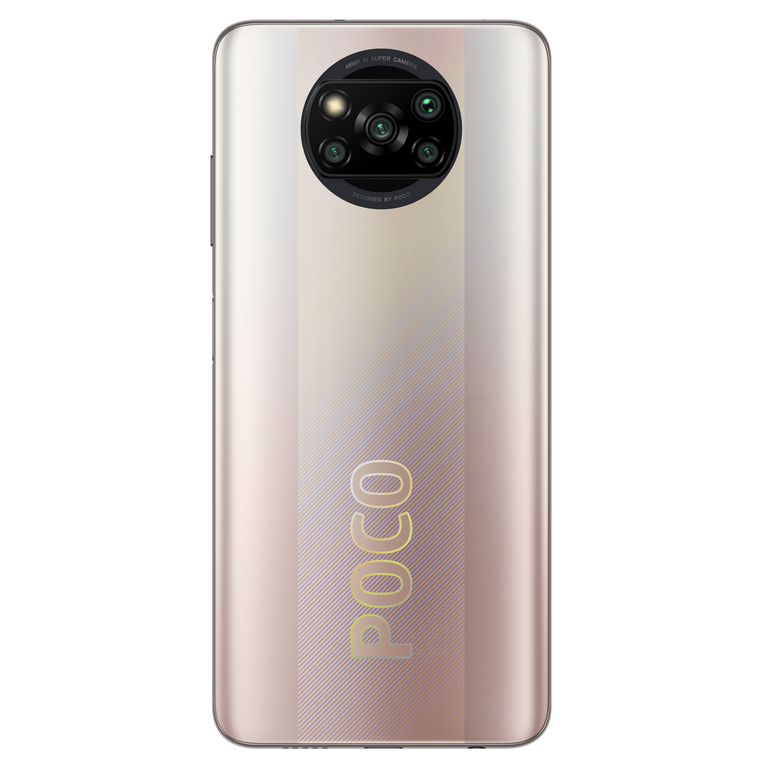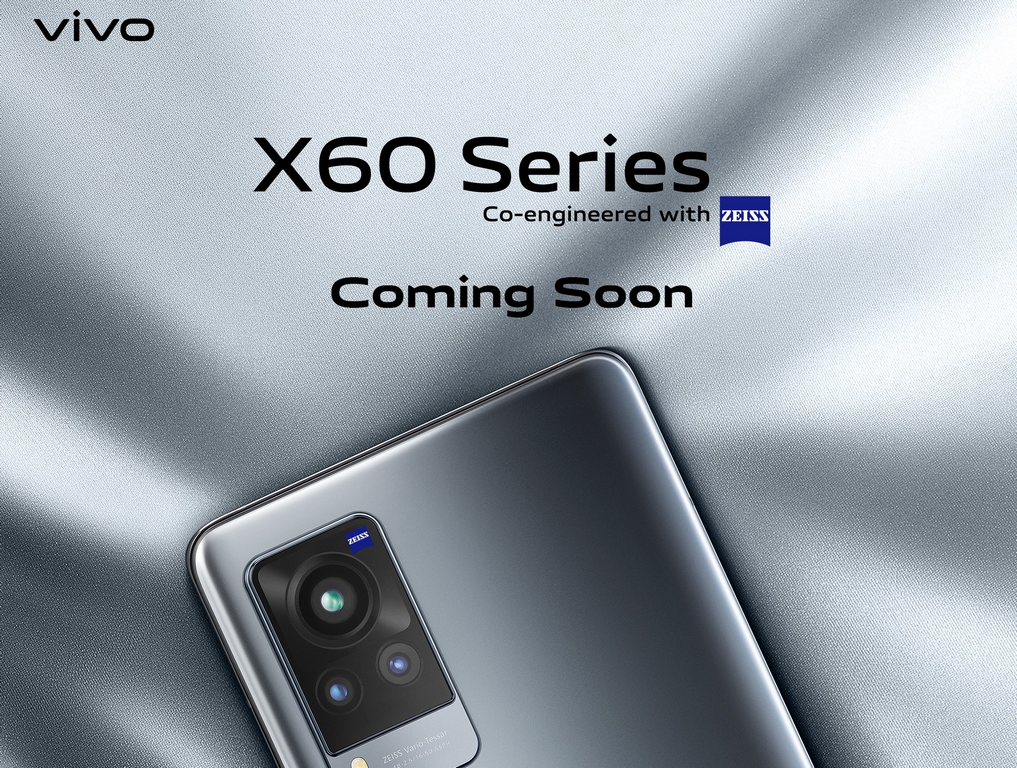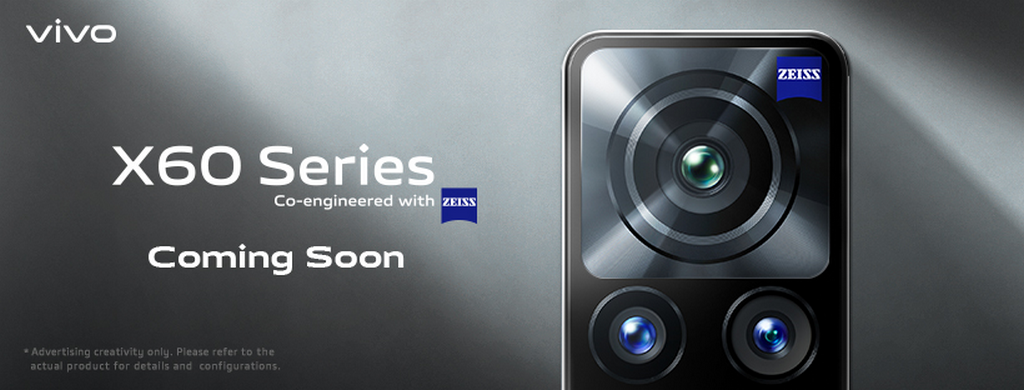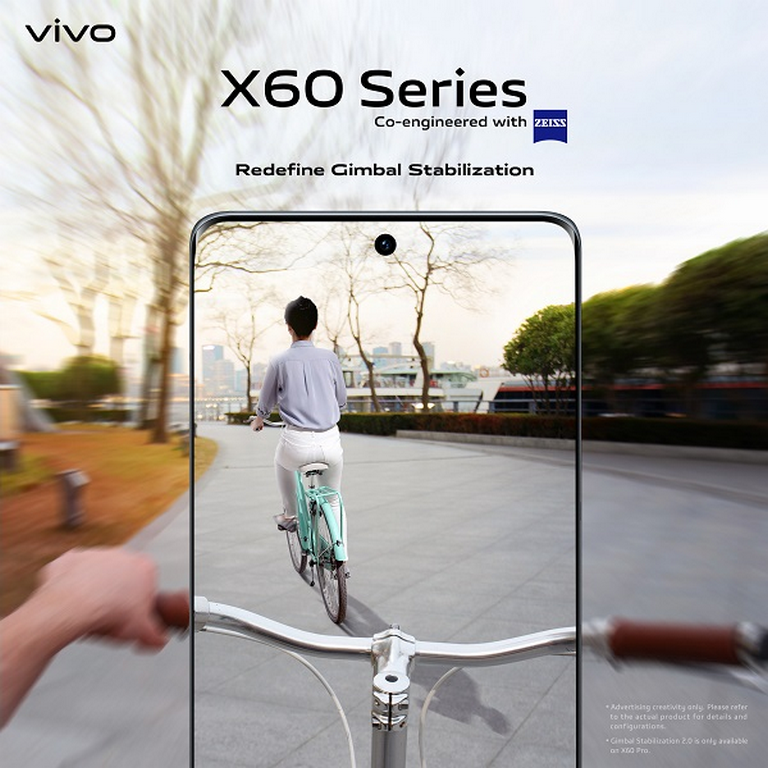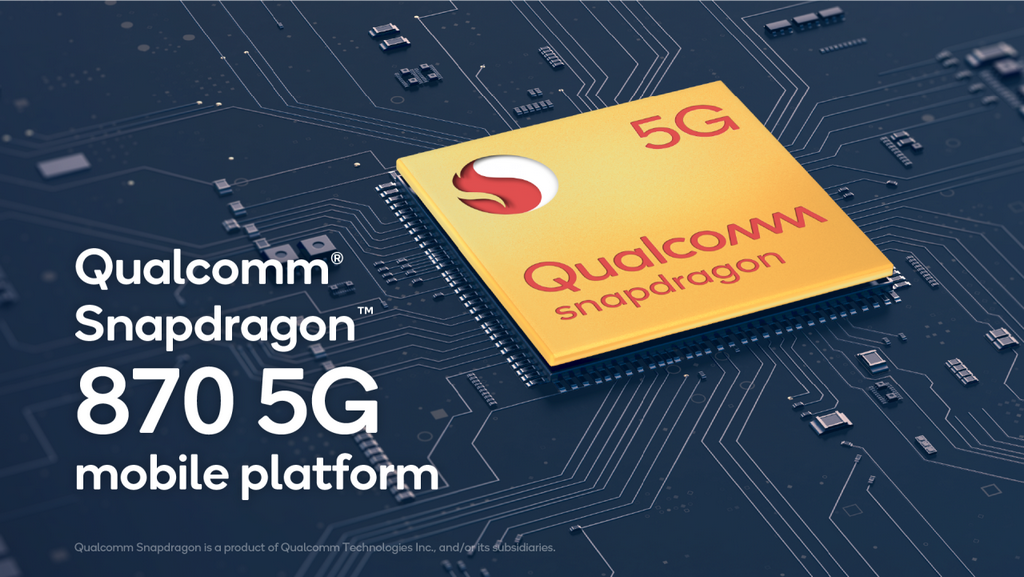The Honor namesake has been tied to HUAWEI for the longest time. That should not be a surprise though, Honor started out life as HUAWEI’s sister brand. For the longest time as well, they have lived under the shadows of the giant that is HUAWEI. When HUAWEI’s trade band with U.S. companies fell Honor, as a part of HUAWEI, was heavily impacted as well.
There is some light at the end of the tunnel though. Honor is no longer part of HUAWEI group as of 2021. In 2021 also, Honor confirms that their devices will run on Android with Google Play in tow.
A few weeks after they mentioned that they launched their first ever smartphone for 2021. They launched their new Honor 50 series smartphones. Instead of just one smartphone then, they released three – the Honor 50 SE, Honor 50, and Honor 50 Pro.
HONOR 50 SE
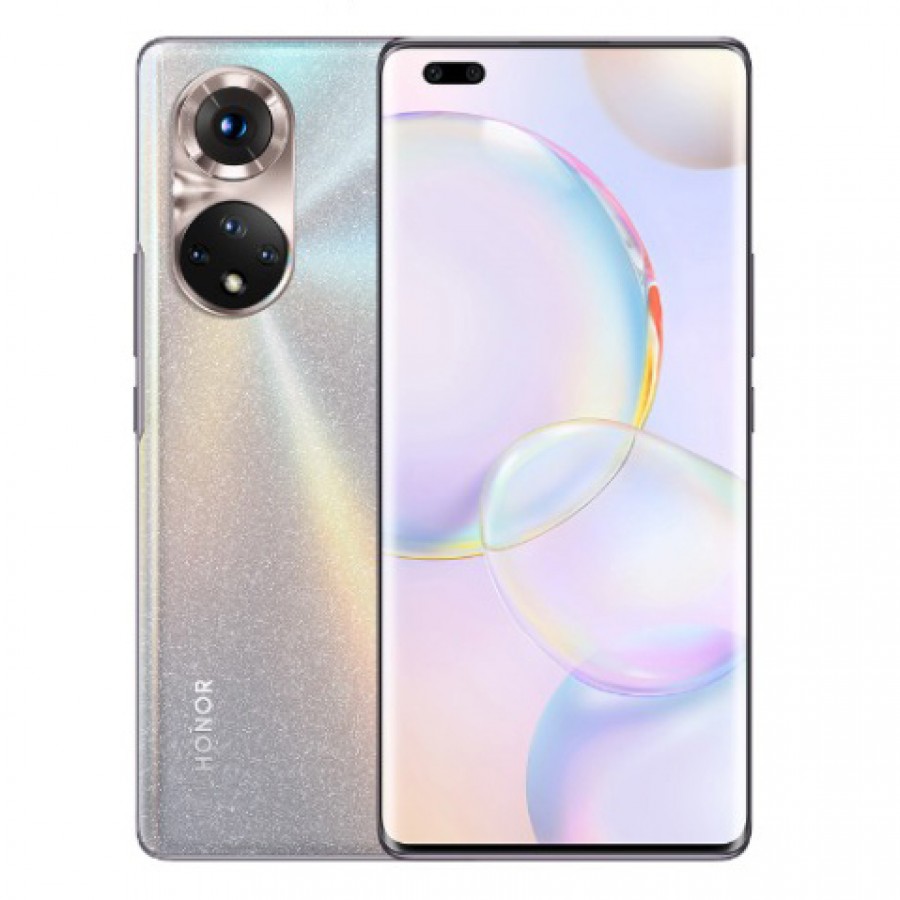
The HONOR 50 SE was not technically highlighted too much in the launch. It is still a part of the HONOR 50 family, however. It is the most budget friendly of the bunch, but also a little different.
Instead of the usual Qualcomm Snapdragon System on A Chip (SoC) that you expect from the new HONOR line-up, you get a MediaTek Dimensity 900 SoC. Admit it, for a moment you were expecting the name HiSilicon to come up. Despite being made to fit smaller budgets, the Dimensity 900 chip is still no slouch with 5G connectivity. The octa-core SoC can clock at up to 2.4Ghz when you need the power for MagicUI 4.2 on Android 11 and its apps.
Because the Dimensity 900 can support UFS 2.1 memory, you get exactly that in 128GB flavour for storage on the Honor 50 SE. There is also 8GB in RAM to pair with the device. All of these are given life by the 4,000 mAh battery that should last you all day. If you run out of juice, 66W fast charging should have you covered.
The brand, like HUAWEI, has always been watched for its camera technology though. Out the back is a 108-Megapixel main camera alongside two more supporting cameras. One is an 8-Megapixel ultrawide sensor and the other is a 2-Megapixel macro sensor. Out the front you will find a single 16-Megapixel shooter perched in the middle of the forehead of the 6.78-inch 120Hz Full HD+ LCD display.
HONOR 50

The main stars of the show are naturally the vanilla variant and the overkill Pro variant of the HONOR 50. The two devices should also be the most popular devices in its range in terms of sales. At the same time, if you have seen the HONOR 50 SE, it is quite difficult to tell the devices apart if you do not pay attention. That is to say that they sport nearly similar designs, apart from camera placements and size.
The HONOR 50 is fronted by 6.57-inch Full HD+ display with 120Hz in refresh rate to give you a consistently smooth UI experience. For that snappy feel too, the panel supports 300Hz sampling rate for an almost immediate response from every single touch. Of course, these speeds do contribute to great gaming experience on the device too.
The HONOR 50 shares the same rear camera array and platform as the more premium and powerful HONOR 50 Pro. It does not share the selfie camera though. The HONOR 50 only has a single lens 32-Megapixel camera parked in a hole at the top of the display.
Like its more premium brother, the Honor 50’s MagicUI 4.2 on Android 11 is powered by a new Qualcomm Snapdragon 778G SoC with 5G capabilities. It is supposedly less powerful than the outgoing Snapdragon 780G platform, but not by much. You get up to 8GB of RAM to go alongside up to 256GB of storage. Everything runs of the 4,300mAh battery that can fast-charge at 66W.
HONOR 50 Pro
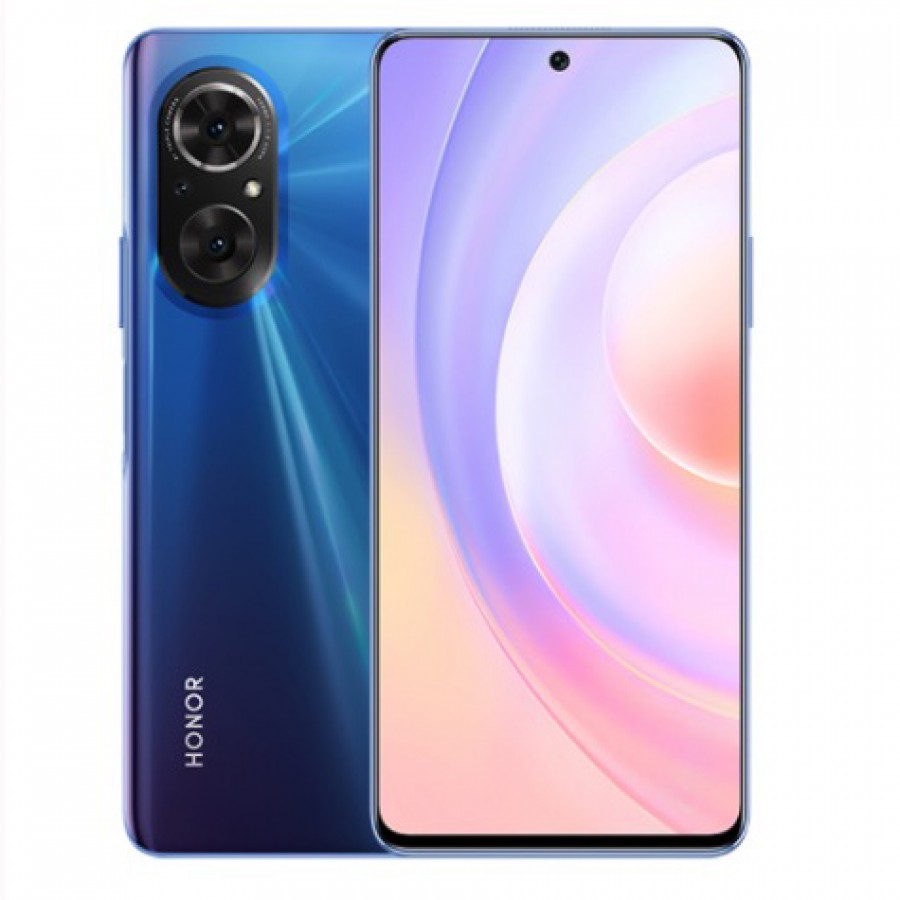
The HONOR 50 Pro, as its name suggest, is the most premium device of the HONOR 50 range. It may not pack more power than the HONOR 50 with the same Qualcomm Snapdragon 778G 5G SoC in tow. It does have more RAM with up to 12GB in RAM size alongside up to 256GB in storage.
It does not have the best rear camera set up too, the same as HONOR 50, as we mentioned. There is the 108-Megapixel main shooter. The 108-Megapixel shooter is supported by three other cameras that are parked in the other halo of cameras and flash collection. You get one 8-Megapixel ultrawide shooter, a 2-Megapixel Macro shooter, and another 2-Megapixel depth sensor out the back. Out the front though is a dual-lens combination of a 32-Megapixel sensor and a 12-Megapixel wide-angle lens. As expected from HONOR as well, the HONOR 50 Pro and HONOR 50 camera app comes with a bunch of multi-camera modes and all kinds of enhancements including Super Night Mode that is also available to the front camera.
It has the largest and best display among the three in the series too. The HONOR 50 Pro also has a 120Hz refresh rate display at Full HD+ resolution. The display expands to 6.72-inch though, instead of the 6.57-inch of the regular device. The display also boasts DCI-P3 100% colour gamut for the best and most accurate colour reproduction you can find on a smartphone display. Alongside 300Hz sampling rate, MagicUI 4.2 on Android 11 looks better than ever.
The only thing that is less in the HONOR 50 Pro compared to the vanilla HONOR 50 though is its battery. At 4,000mAh, you are not going to complain that it is too small, because it is still a significant size. Instead of 66W though, it charges even faster at 100W allowing the device to charge from flat to 100% in less than an hour, theoretically.
Price and Availability
The HONOR 50 series are coming to Malaysia, as confirmed by HONOR. Currently though, there are no confirmation on when that is going to happen just yet. We can also confirm that the HONOR 50 and HONOR 50 Pro will be part of the HONO 50 family that is available in Malaysia – no word on HONOR 50 SE’s availability.
The devices are already available for pre-order in China. The HONOR 50 series will be available in 4 colour options; you get to choose from Frost Crystal (special finish), Amber Red, Emerald Green, and Midnight Black colour options. The HONOR 50 and HONOR 50 Pro are selling for CN¥ 2,699 (MYR 1,736*) and CN¥ 3,699 (MYR 2,380*) respectively, while the HONOR 50 SE will be available for CN¥ 2,399 (MYR 1,543*). More information on the HONOR 50 series can be found on their website.
*Approximately based on exchange rate of CN¥ 10 = MYR 6.43 on xe.com as of 17/06/2021
